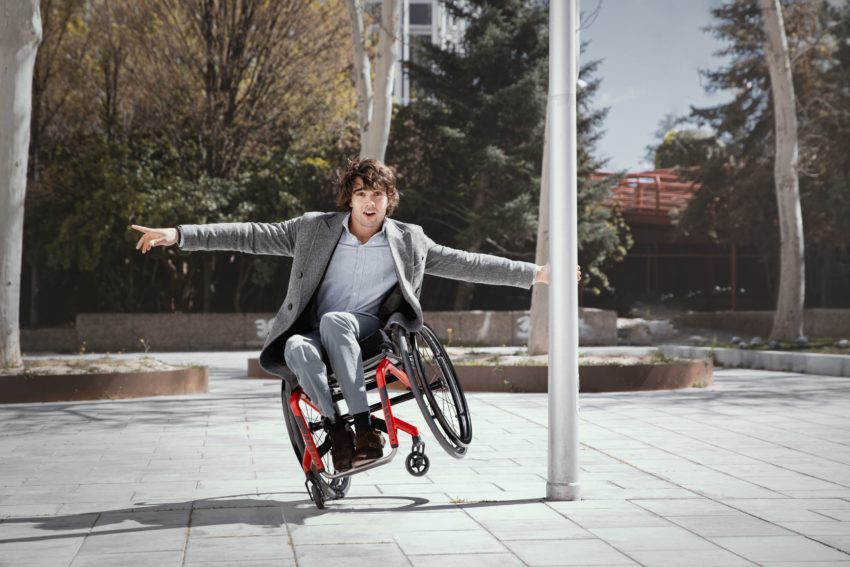The end of the 20th and the beginning of the 21st century have brought us many technological marvels. Of course, much of the said technology is often slow to find its way to our hands, but ultimately most of it does end up enriching our everyday lives. That’s why we can now have, among other things, wheelchairs made of aerospace materials.
What are aerospace materials?
Aerospace materials are materials – frequently metal alloys made of metals like aluminium and titanium, but can also be other composite materials, most notably various carbon fiber composites – that have primarily been developed for their use for aerospace purposes, or have come to prominence through their use for such purposes.
Their namesake uses often require unparalleled performance, strength or heat resistance, while some materials are chosen for their long-term reliability, particularly for their resistance to fatigue.
Performance, strength, resistance, long-term reliability. Does any of this sound familiar? Does it, maybe, sound like a list of much-desired wheelchair qualities? Yes, it does.
And, let’s not forget, that’s also why lightweight wheelchairs are so light.
Lightweight wheelchair features
When talking about lightness, performance, strength, resistance, and long-term reliability, it’s somewhat wrong to describe these words as just qualities of lightweight wheelchairs. All these things are features that can, and most likely will, greatly improve your quality of life and bring positive changes to your lifestyle.
Lightweight wheelchairs are easier to push or roll, which means you’ll be able to reach more places, no matter the terrain or distance. Easier handling will also prove beneficial to your health, alleviating the stress of daily use, which can cause injury.
Being made of durable aerospace materials means not just that your lightweight wheelchair is built to last and to endure your lifestyle however active it may be, but it also makes them cheaper and easier to maintain in the long run.
Also, let’s not forget that a lightweight wheelchair will, obviously, be easier to store or transport, especially if it has the option to be folded.
The future
So far, we’ve been talking about advanced technology that almost seems to be from the future. But now, let’s see what the actual future holds for the active wheelchair user.
Küschall K-Series is one of the lightest wheelchairs in the world. Weighing only an unimaginable 7.8 kilograms, this revolutionary vehicle’s frame is made by a process called hydroforming which allows metal to be formed into complex shapes and to adjust wall thickness in order to optimize the ratio between weight versus resistance and rigidity. By using hydroforming technology, the Küschall frames are not only stronger, but also allow easier propulsion. The minimal weight will help prevent arm fatigue and injury common in wheelchair users. Furthermore, the uniquely modular and versatile seat module can be easily modified independently from the frame and is fully adjustable to be able to fit the user perfectly, whatever their lifestyle requirements may be.
If you want to experience and own a piece of the future today, you should check out Küschall Champion, a unique hybrid wheelchair that offers the driving performance of a rigid frame with the convenience of a folding product – it can fit in a backpack and weighs well under 10 kilograms.
The choice
With their host of inconspicuously hi-tech features that can appeal to anyone, lightweight wheelchairs can truly be a go-to option for all your mobility needs, but they can also be ‘just’ a situational and lifestyle alternative that will help you stay active in a safe way for many years to come. The choice is yours.
Invacare presume Medical professional and care team have made an individual assessment of the user to determine the patient’s risk level or therapy requirements. Reader should get in contact with a Medical professional prior to acquiring the medical equipment.
